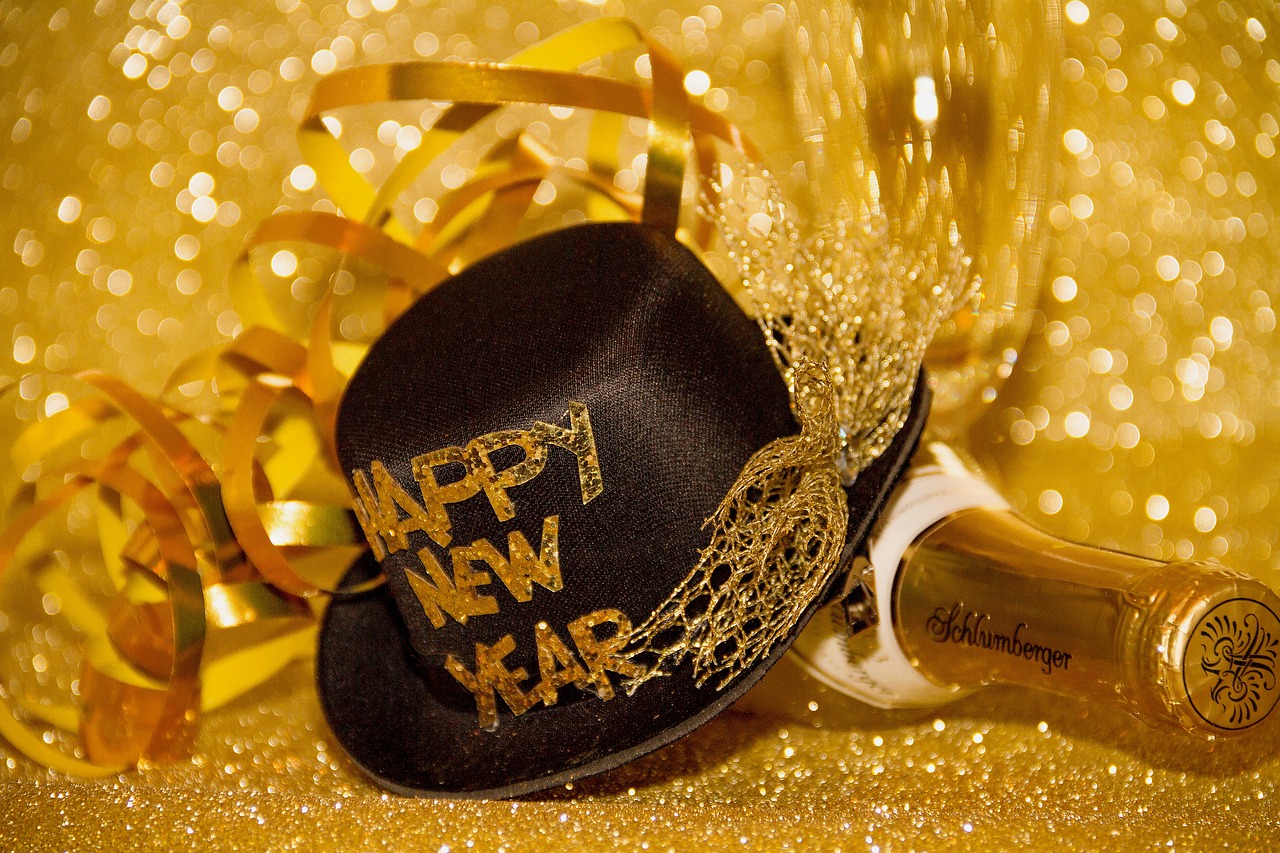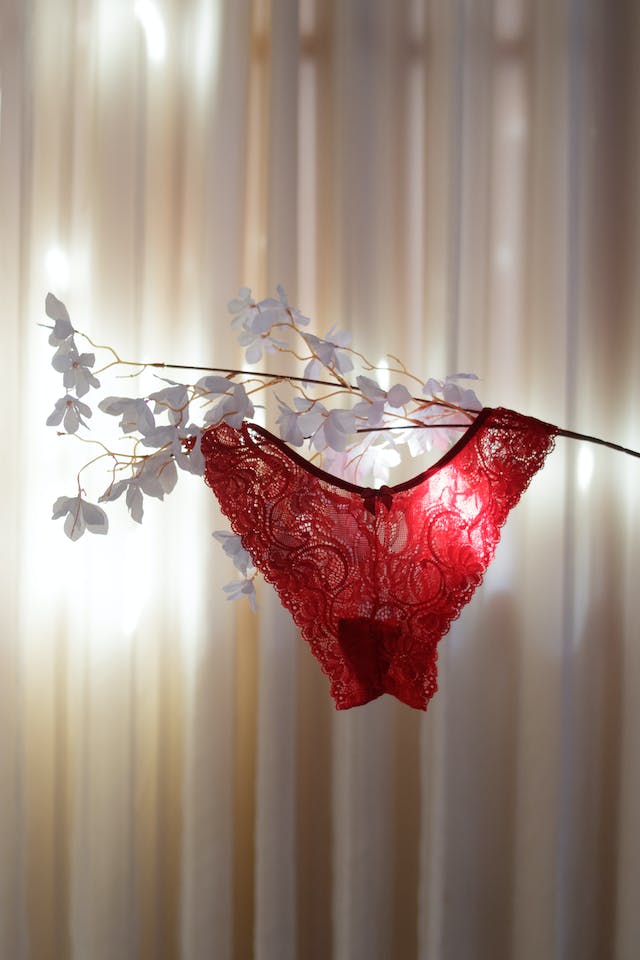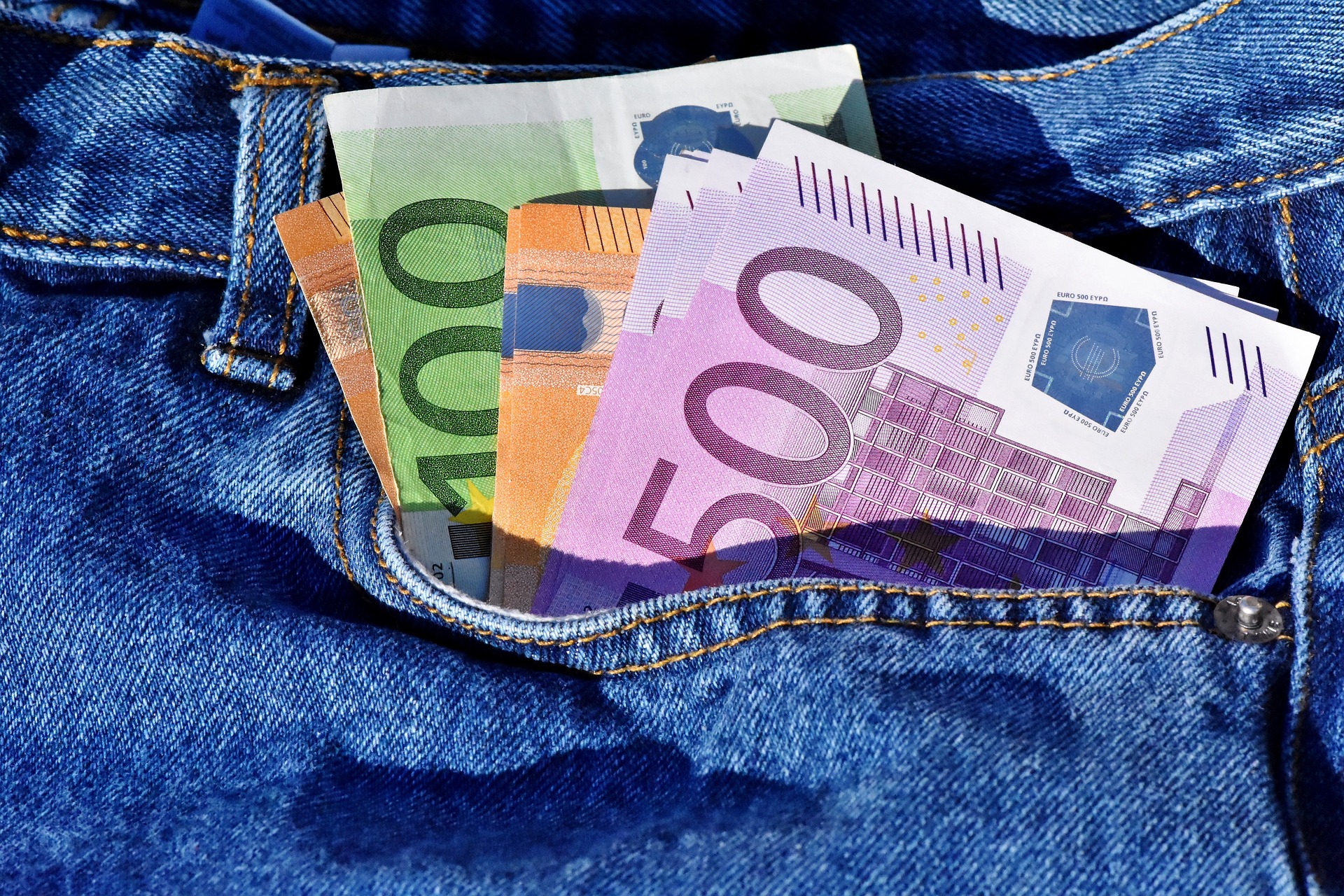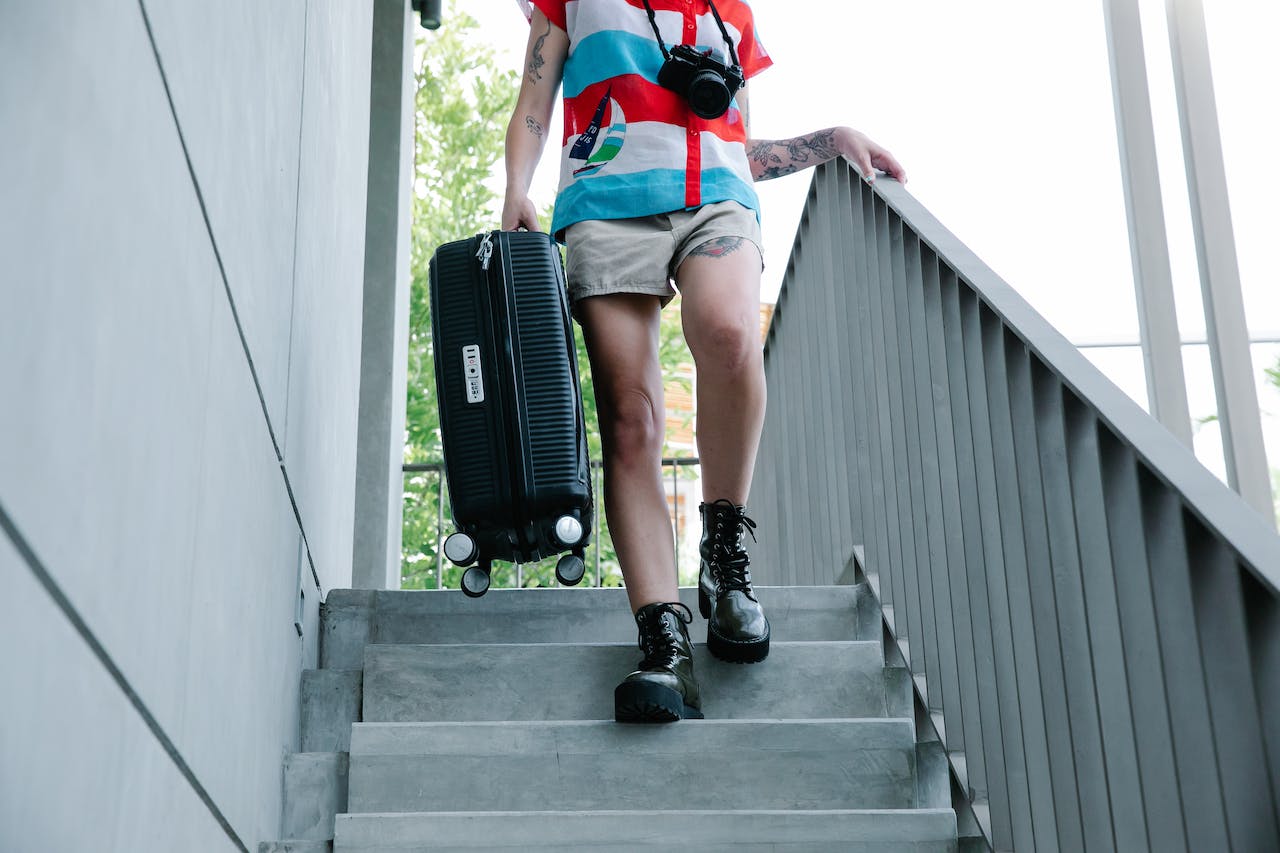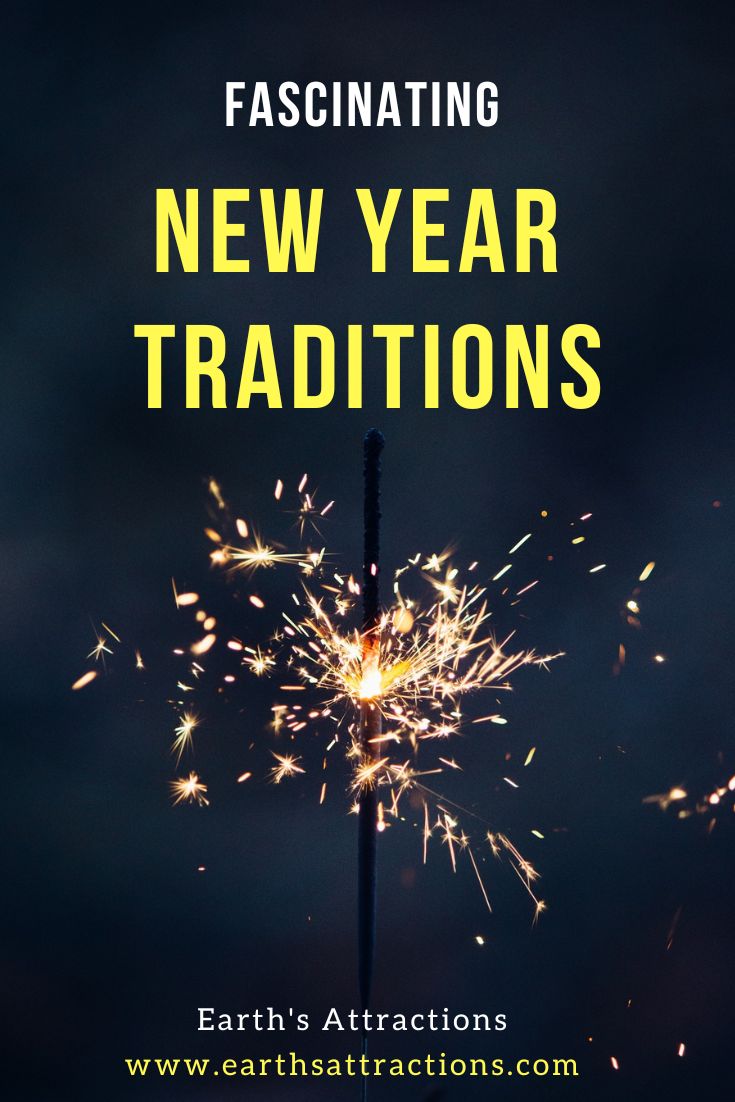A new year is almost here – yey!
As the clock strikes midnight on December 31st, the world unites in bidding farewell to the old year and embracing the new. However, New Year’s Eve celebration varies significantly from country to country, with each nation infusing its unique traditions and customs into the festivities. In this guide, we’ll take you on a cultural journey, exploring New Year’s traditions across the globe.
Maybe reading about the interesting New Year celebrations worldwide included below will inspire you to create your own New Year’s tradition.
For example, I created one for my family. It is not something spectacular, but it is special to us. It includes spending time together (obviously), a dinner with a few favorite dishes (including cheese, saltines made by me, fruits, and traditional Romanian food), making a wish at midnight, and lighting (legal) fireworks 🙂
But let’s return to the international New Year’s traditions across the globe! I will say this: you saw in the article about Christmas traditions around the world that there are many interesting ways to celebrate a holiday. It is the same with the New Year! There are many unique New Year’s celebrations to be discovered!
Fascinating New Year’s Traditions Around the World
Spain: The Twelve Grapes Tradition
In Spain, you can immerse yourself in the delightful Twelve Grapes tradition.
As the clock counts down, Spaniards eat twelve grapes—one for each stroke before midnight—to bring prosperity for each month of the upcoming year.
Originating in the early 20th century as a way to get protection for the 12 months of the new year, this tradition is still widely observed today.
To experience this lively custom, head to Madrid’s Puerta del Sol square, where the main New Year’s celebration takes place. [1]
Here I have to add that I know many Romanians who keep this tradition too. Some eat them right at midnight – perhaps they do not know the roots of the tradition – but I have friends keeping this tradition. And yes, one year we didn’t find grapes for our New Year’s Eve dinner (we need them for the cheese plate).
I also know that this is a popular New Year tradition in Mexico – and various other countries observe it too.
Japan: Joya no Kane – Ringing of the Bells
In Japan, you can participate in the Joya no Kane ceremony, where Buddhist temples ring their bells 108 times, symbolizing the 108 earthly desires that lead to human suffering.
This tradition aims to purify the soul for the coming year. Join locals at iconic temples like Zojoji in Tokyo or Chion-in in Kyoto to partake in this serene and spiritually significant event. [2]
Denmark: Smashing Plates for Good Luck
In Denmark, you can join the quirky tradition of smashing dishes on the front doors of your friends’ homes. Yes, smashing plates in Denmark, not Greece.
People bring unused plates or plates bought at thrift stores – sometimes personalised with a message – and they smash it against a friend’s door. The more plates you find on your door, the luckier you will be in the next year, they say! [3]
Italy (and Romania): Red Underwear for Love and Luck
In Italy, you can partake in the charming tradition of wearing red underwear on New Year’s Eve. This practice is believed to bring good luck and prosperity in love for the coming year.
I said Romania too because I also know that this is a popular tradition in my country as well. If it is true for everyone, I do not know, but it doesn’t hurt to wear it for luck and love. [4]
Romania: Money in Your Pocket for Prosperity
I mentioned Romania a few times, and another interesting New Year tradition for prosperity is to have money in your pocket on New Year’s Eve.
If the new year finds you with money, you will have prosperity all year long!
Again, a fun tradition that doesn’t hurt to implement.
Scotland: First-Footing
In Scotland, you can embrace the First-Footing tradition. What is this? Sounds more complicated than it is, trust me!
The first person to enter a home after midnight, known as the “First-Footer,” has to be a dark-haired man. He should bring symbolic gifts like coins, bread, and whisky to ensure prosperity for the household. T
This tradition is deeply rooted in Scottish culture and is still a cherished part of New Year’s celebrations. [4]
But this tradition is NOT only in Scotland.
We have this (some people call it superstition) in Romania too. The first person who enters your home on the first day of the new year has to be a man – so that you are lucky in the next year.
Brazil: Reveillon on Copacabana Beach
In Brazil, you can welcome the New Year with the grand Reveillon celebration on Copacabana Beach in Rio de Janeiro.
Dressed in white, millions of Brazilians and visitors gather on the beach to watch a spectacular fireworks display.
This tradition combines spirituality, beach culture, and a vibrant party atmosphere. [6]
Brazil: Spiritual Offerings to Iemanjá
In Brazil, particularly along the coastal regions, the New Year’s celebration takes on a unique spiritual dimension with offerings made to Iemanjá, the goddess of the sea and mother of all waters in Afro-Brazilian religions, including Candomblé and Umbanda.
Iemanjá, often depicted as a mermaid or a beautiful woman rising from the waves, holds a significant place in Brazilian folklore and spirituality. The tradition of making offerings to Iemanjá during New Year’s Eve traces its roots to Afro-Brazilian religious practices, where devotees honor and seek the protection, blessings, and guidance of this revered deity.
On the night of December 31st, thousands of Brazilians, dressed in white, gather on the shores of beaches like Copacabana, Ipanema, and Salvador to pay homage to Iemanjá.
Devotees carry flowers, candles, and small boats filled with offerings, such as jewelry, perfume, and mirrors, symbolizing gifts for the goddess. [7]
Countries in Latin America: Yellow Underwear for Luck
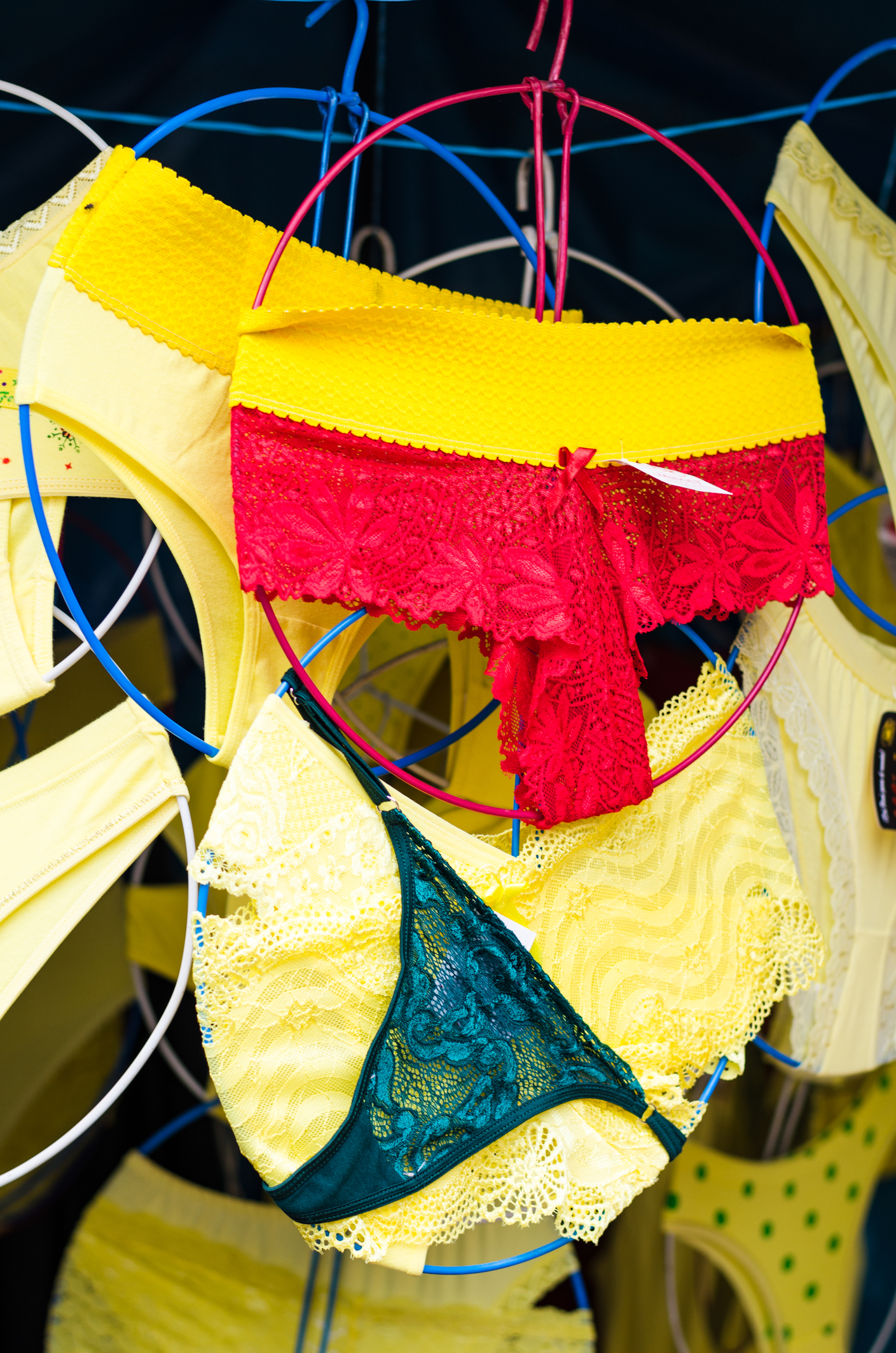
I mentioned red underwear for passion and love and, while this is also popular in various countries in Latin America, yellow is also a popular colour with a special significance.
So one of the New Year Traditions in Latin America is wearing yellow underwear for luck and prosperity. It is considered that you will be luckier if you receive yellow underwear as a gift!
South Africa and Parts of Italy: Throwing Old Furniture for Good Luck
A rather dangerous New Year tradition is to toss out old furniture. Out with the old, in with the new gets to a whole new level in South Africa and Naples!
People throw old furniture out the window – sometimes even refrigerators have been thrown out the window, thus making this tradition risky for the people walking. Over the time, the tradition dimmed.
Mexico/Ecuador: Walking With a Suitcase
In Mexico, if you like to travel, it’s best to get an empty suitcase and walk around the block or around your house so that you will enjoy many travels in the next year.
In Ecuador, the New Year tradition is to pack items for the type of trips you’d like to take and then walk with that suitcase around the house/block.
Various Countries: Burning Things at Midnight
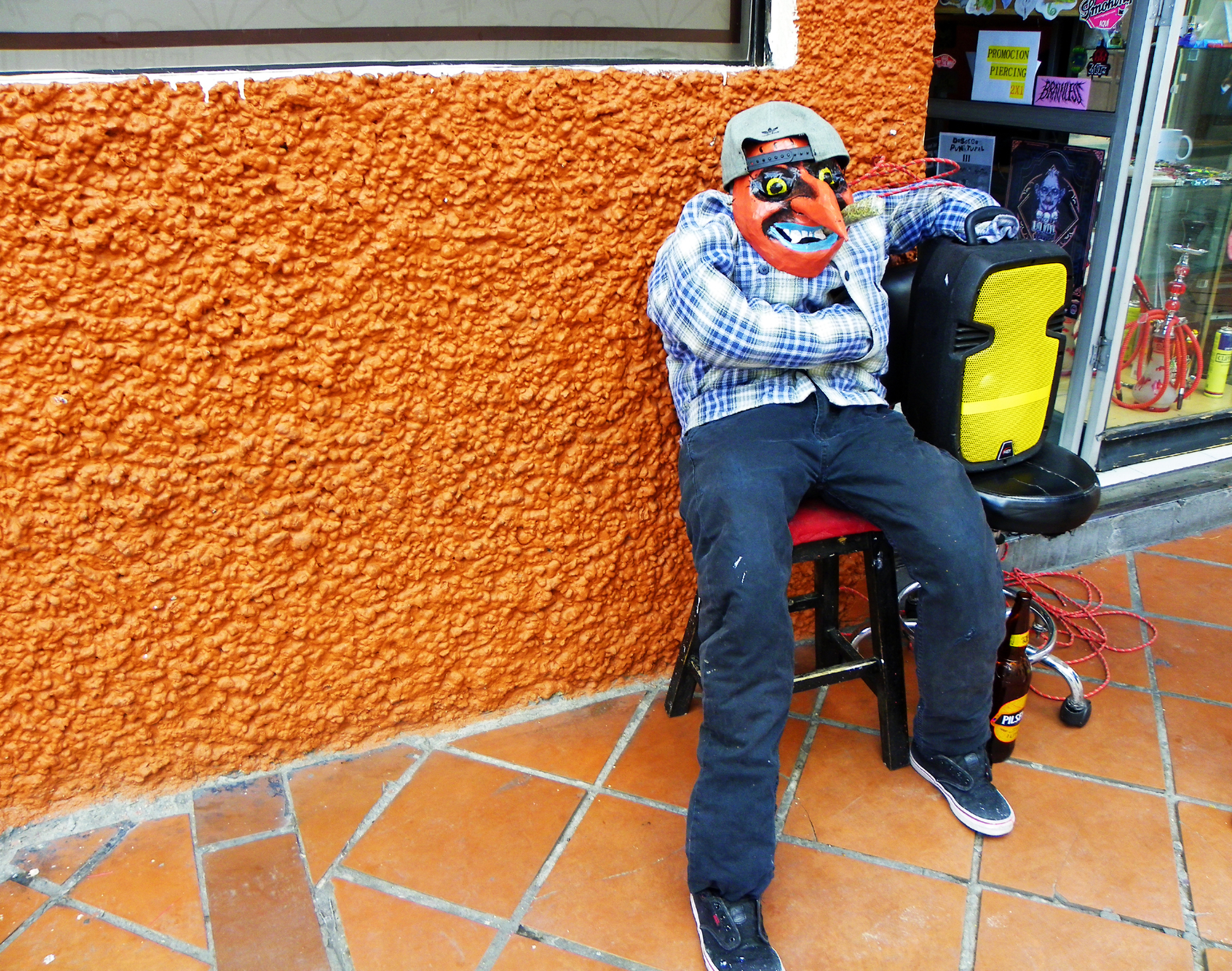
Another popular way to welcome the new year on this list of New Year’s traditions around the world is burning stuff.
Various countries burn different items, but the symbolism is the same: burning the bad, the sorrow and welcoming the good in the new year.
In Goa (India) people build – on December 30th and 31st – the Old Man – often in a seating position. At midnight it is burned as it symbolises the sorrow and the bad things that happened during the year that ended.
In Ecuador, people build scarecrows that are also burned at midnight. Sometimes these scarecrows are dressed as people they dislike – including politicians.
Philippines: Round Shapes for Prosperity
In the Philippines, you can embrace the belief that round shapes bring prosperity. Filipinos often fill their homes with round fruits, wear polka-dotted clothing, and prepare round-shaped foods to symbolize coins and wealth.
Join the lively celebrations in Manila or Cebu to experience the festive atmosphere and the belief in attracting good fortune.
The Bahamas: Witness an Epic Junkanoo Parade
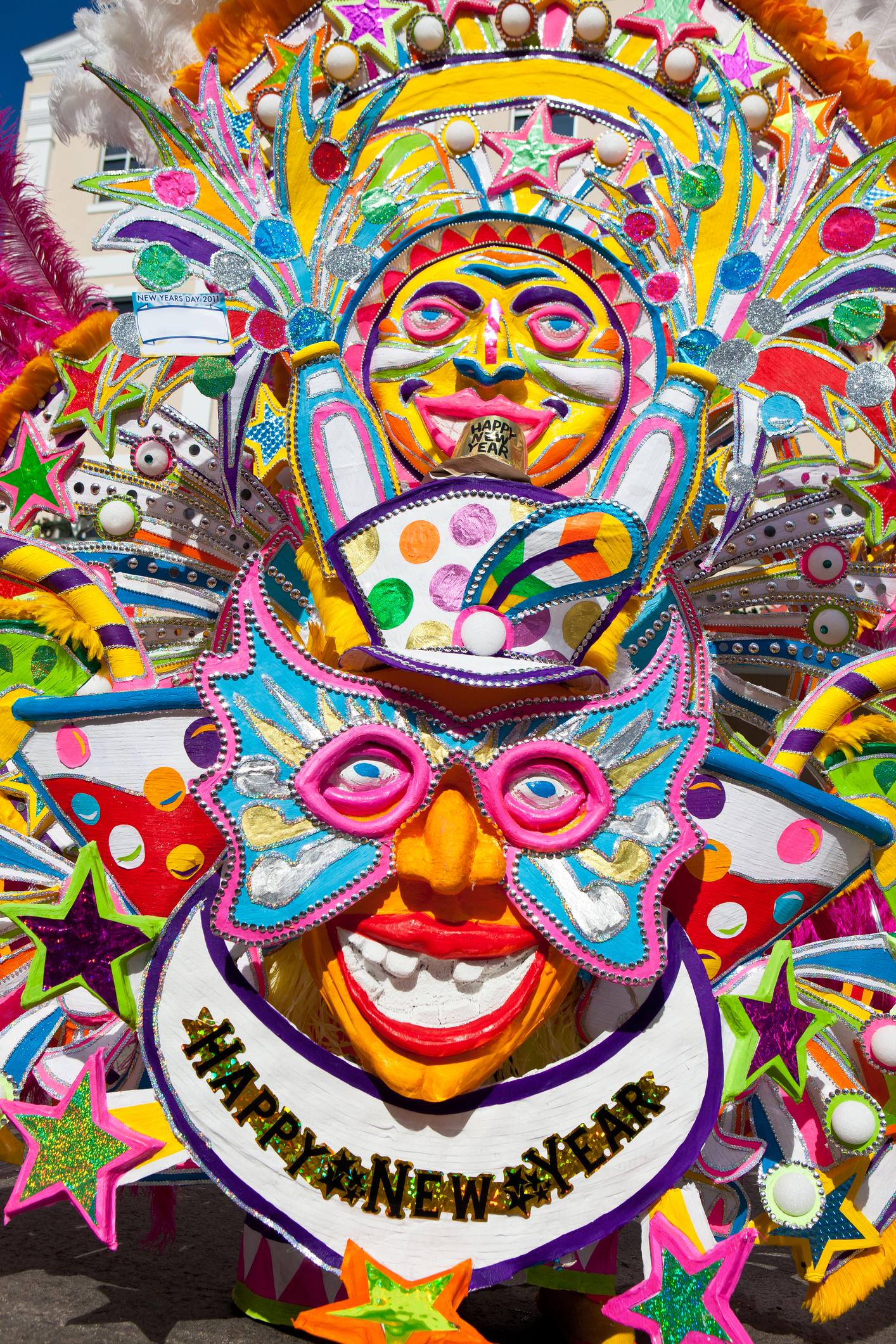
The vibrant Junkanoo parade is a highlight of any New Year’s celebration in the Bahamas (one takes place on Boxing day, December 26th, one on January 1st).
This cultural festival explodes with colorful costumes, lively music, and local traditions passed down through generations. The largest Junkanoo parade takes place right after midnight in the capital city of Nassau on New Year’s Day.
The origin of the Junkanoo is unknown, but the roots can be traced to West Africa. [8]
Argentina: Throwing Shredded Paper out the Window
People, especially those who work in an office, have a special New Year tradition in Argentina. They shred documents before the curtain falls and at midnight they throw the shredded paper out the window.
It creates a confetti-like effect and the idea is to leave the past behind and to welcome the new year.
Conclusion
As you can see, many New Year traditions have in common leaving the old, bad, sorrow behind and welcoming the new. People try to do what is in their power to attract luck, prosperity, and love in the new year. And who doesn’t want to be healthy, loved, and wealthy?
Some traditions are similar, while others are specific to a given country or area of a country.
If you like to discover different cultures, then this article might inspire you to choose your next destination to experience New Year traditions from across the globe!
[1] https://theculturetrip.com/europe/spain/articles/spanish-cultural-customs-only-natives-will-understand
[2] https://matcha-jp.com/en/1340
[3] https://medium.com/@456anusharao/smashing-tradition-exploring-denmarks-affectionate-plate-shattering-ritual-on-new-year-s-eve-60ca113b5b49
[4] https://www.historic-uk.com/HistoryUK/HistoryofScotland/The-History-of-Hogmanay/
[5] https://ripioturismo.com/travel-guide/brazil/rio-de-janeiro/the-reveillon-in-rio-de-janeiro/
[6] https://theculturetrip.com/south-america/brazil/articles/brazils-goddess-of-the-sea-everything-you-need-to-know-about-festival-of-iemanja
[7] https://www.bahamas.gov.bs/wps/portal/public/Culture/Junkanoo/!ut/p/b1/vZLLkqIwGEafxQewCXddgoSb3Em4bSgEFFFAxQbh6ceemkVXV033LKb7zypVJzn5vgqREBGRtNlwPGT3Y9dm57d9wqU0UExBYFamwgIOaNgxBIdXKdthnkD8CcCAr86HRKTGs7jptRFCL33gVzv28ocunbcuhq67m4DMtPrlSmcoPKFhnbqAn1VJMItC5-dWKDoxYIcLVSJbtNpD6FhV1voxJxX2nrqi4D5faGyeg0xE-7bpL5LgLxWHYV3o3qg8wsvq1t7KWVuJ1FD5QdXWFyPmps6idQEkBh9Od2HZaccrnHaTs18K7r06Lf7kBn8Z4R9yJ58iFPsF8Fbtb-CTN8RPgH93AwoA0EggeD7pAgYDAhERYFK_ni7afJq9GjwM84bBfSdqpBTSFkyRhc82skLSNwKNrDF9xyPp13BEyBytQnKKwMOisMEy5-sfhTaF1k_hhuS2mAW-_e1ChbVXz4545AgsBRSG_Gkh_aOVKo79_Qk_fBr2vwt1Ijnumpcxb17AC_scjmM4jgYkyQKWCOqY4aWVNkoaSjfdXc36dX8VdW2j-VCBWnQ2EvGYV8ZxPxzoh1Xaa2vt9Hfa62A0e4_IhRKy5LApAhypltTfzLVgxri86nm_9GCAxXy1XaXxoMiNDDcqs0yyPT0e8OyxQXnsyVDbPeotu15mp_71ZJwLj-ul6QRv-S6VaQ5q0jiAVUOWWUeWPVX1yJcrMsv4rjvRbtJMVWIwVCp6aC9XfirfUL0fABTnnB3HxYKw1K4piUuDB4Pz1Dl6t0ph8Qt570k8/dl4/d5/L2dBISEvZ0FBIS9nQSEh/
Photo sources: 1, 2, 3, 4, 5, 6, pin 1

